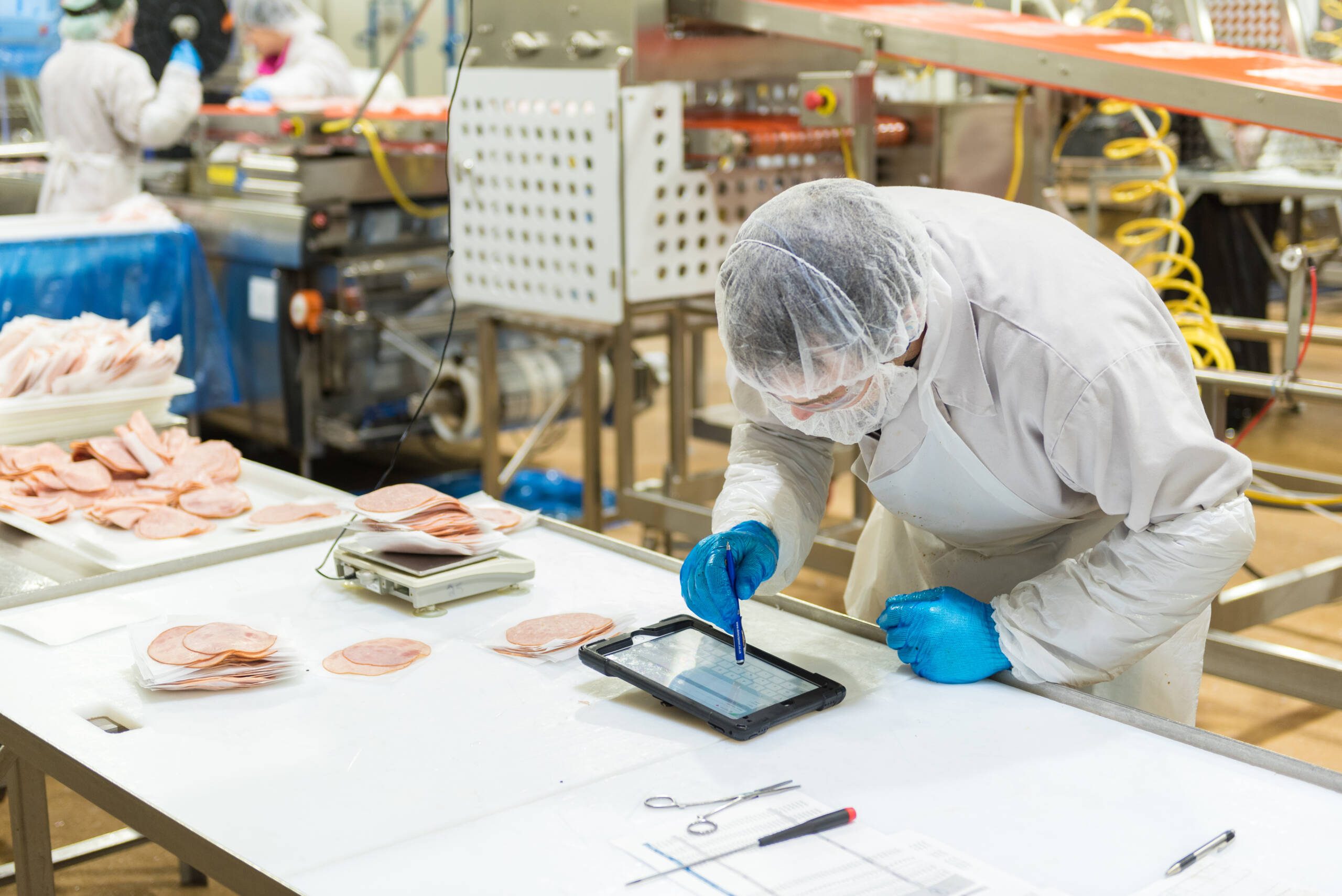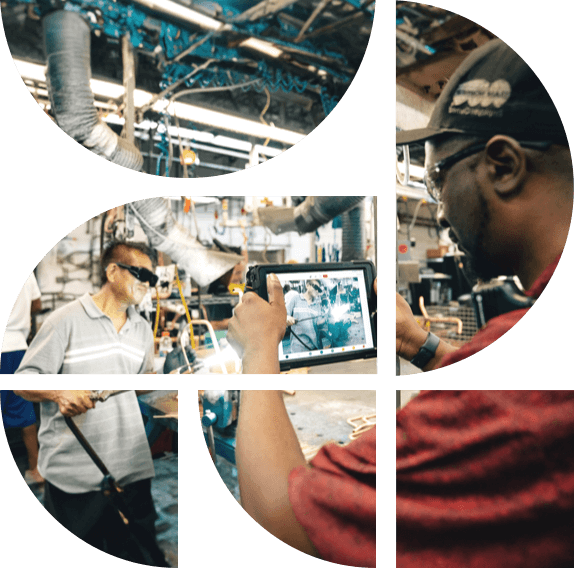Lesen Sie die inspirierenden Berichte von den Gesichtern der Fertigung: die Topmitarbeiter in der Produktion. Read More
September 20, 2022

Food inflation is on the rise at an alarming rate and is showing no signs of abating any time soon. At the same time, consumers’ other bills – rent, gas and energy – are surging upwards, leading to new buying habits at the grocery store as many of us look to stretch our food budgets a little further.
Last month, the Consumer Price Index reported a 12.2% increase in grocery prices over the last year, the largest 12-month increase since April 1979. Grocery food inflation for all of 2022 is expected to average between 8.5% and 9.5%, the latest USDA Food Price report said. The food industry is also being impacted by many outside factors that are causing supply chain struggles. Farmers are trying to get a handle on production while managing the rising costs of things like labor, machinery, fuel, fertilizer and more.
Many organizations are trying to figure out how to offset the dilemma of inflation for their consumers, and one solution is improving productivity and as a consequence, output volumes. Productivity acts as an antidote to inflation, taking cost out of the “system.” But companies are anxious to see these results yesterday – begging the question: how best to expedite step changes in productivity as quickly as possible? The answer may lie in workforce technology. Operating costs like fuel, energy, and raw materials are largely out of manufacturers’ control. Instead, focus on what you can control: namely, how to best convert those raw materials by utilizing their labor and materials more effectively.
You can start a chain reaction that ultimately leads to more productivity and higher output by looking inward at the employee experience and better leveraging the institutional knowledge that already exists on the plant floor. As workers become connected through technology and software solutions, problem-solving can happen where it needs to, in the moment, on the frontline, giving your teams a sense of ownership and agency. This increased engagement leads to improved retention of those same frontline teams.
Introducing mobile/social-oriented tech and devices will also catch the eyes of your younger, digitally-native generations and breathe new life into an industry that desperately needs to revamp outdated processes – and attract new talent, as older workers retire. Investing in our workforces will have an enormous outward effect as we contribute to the fight against inflation.
Inflation and labor shortages are no small problems to fix. However, there are steps you can take right now to begin the domino effect of economic impact. Investing in our manufacturing workers ultimately means the weekly grocery store trip can become less of a headache for everyone across the country.
For more details, read Redzone CEO Richard Tester’s piece on Forbes here.
Kontaktieren Sie uns und lassen Sie uns gemeinsam noch heute Ihre Fertigung stärken und Ihren Gewinn steigern.
